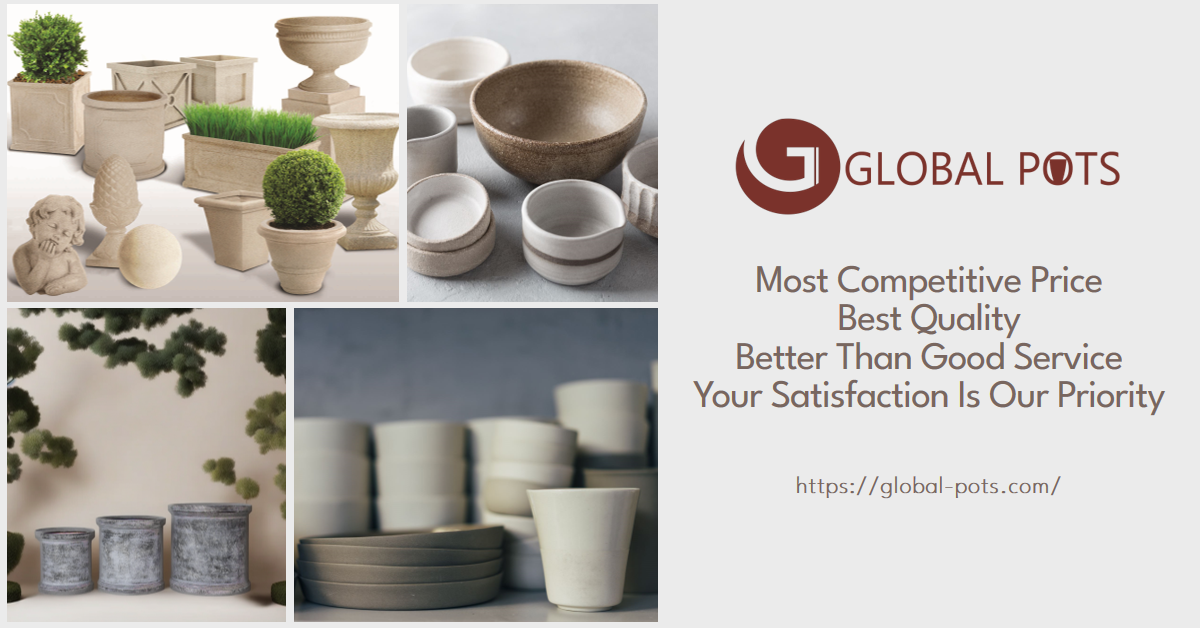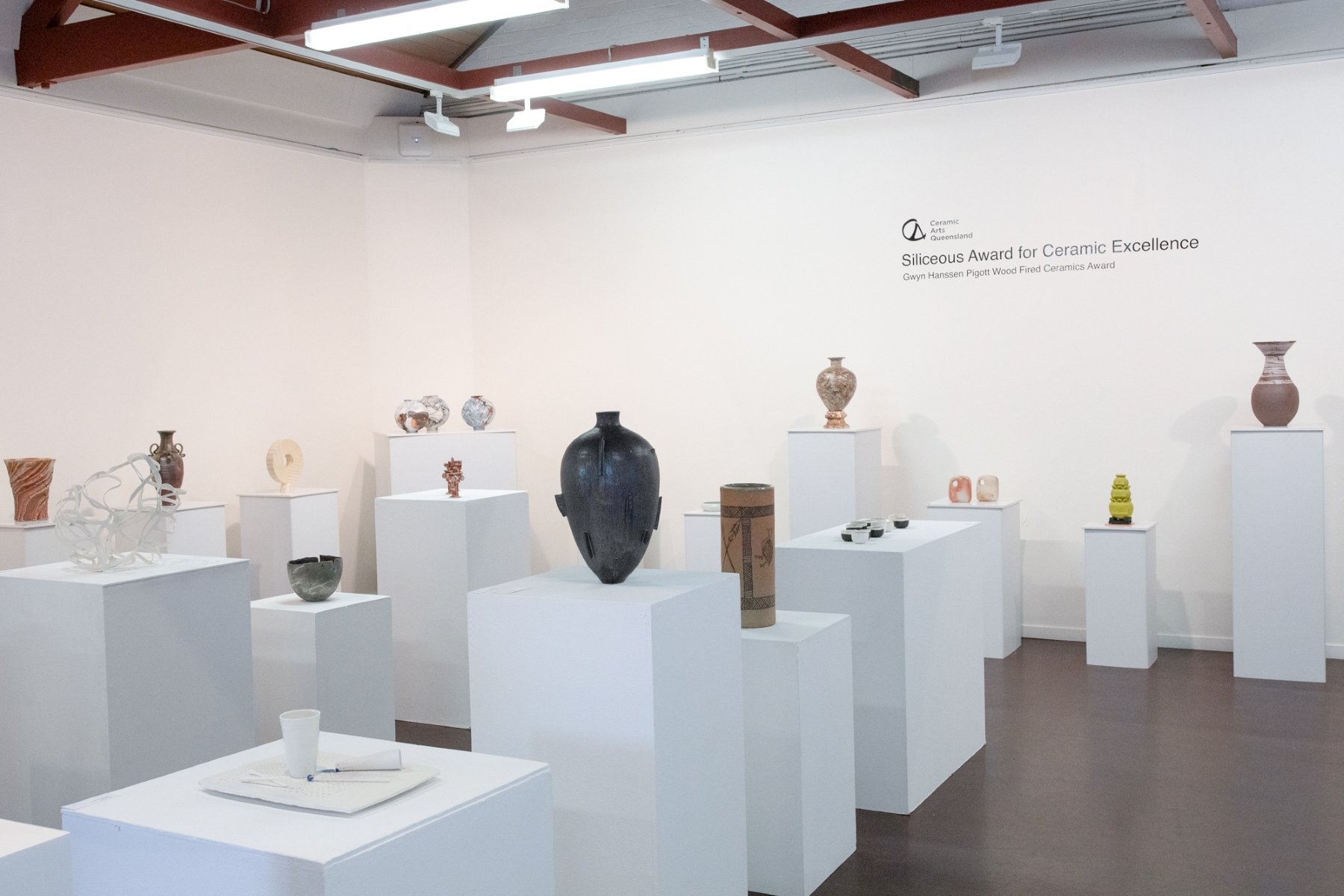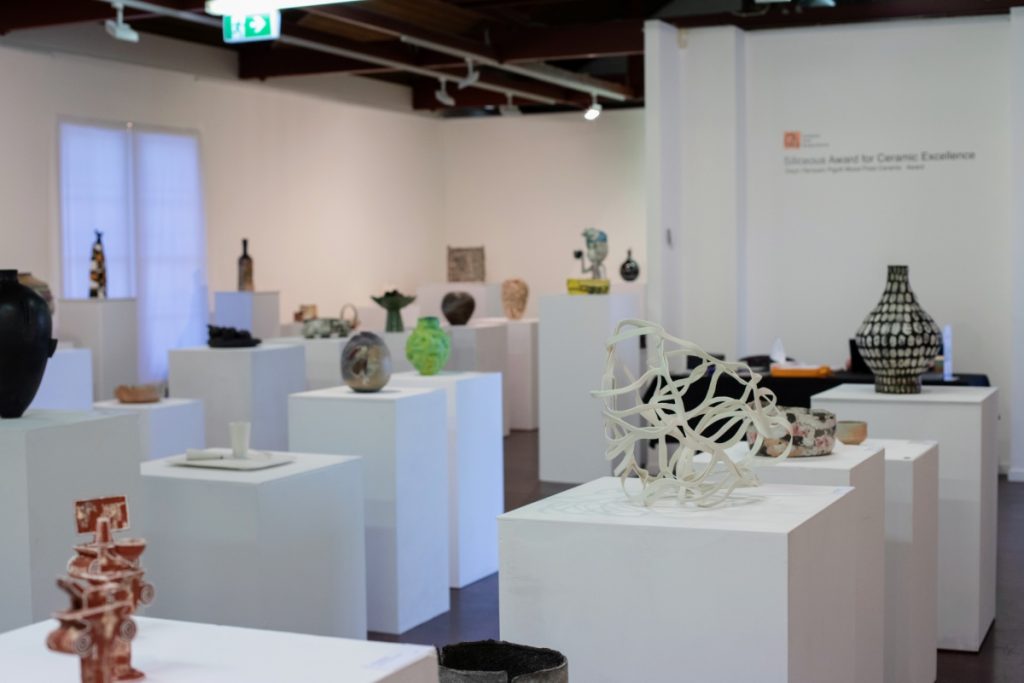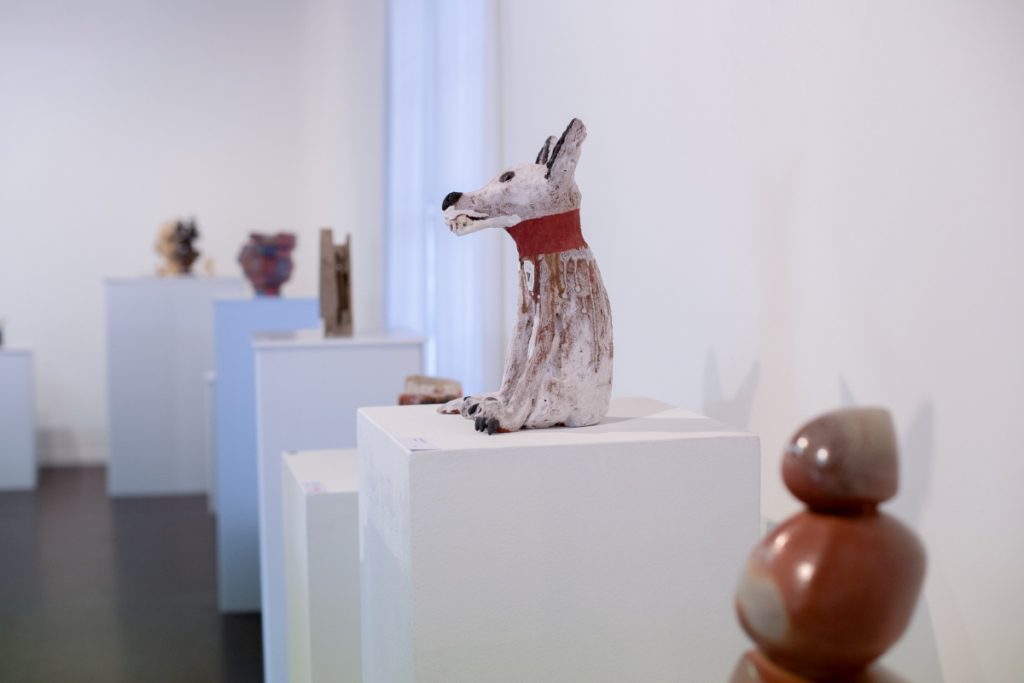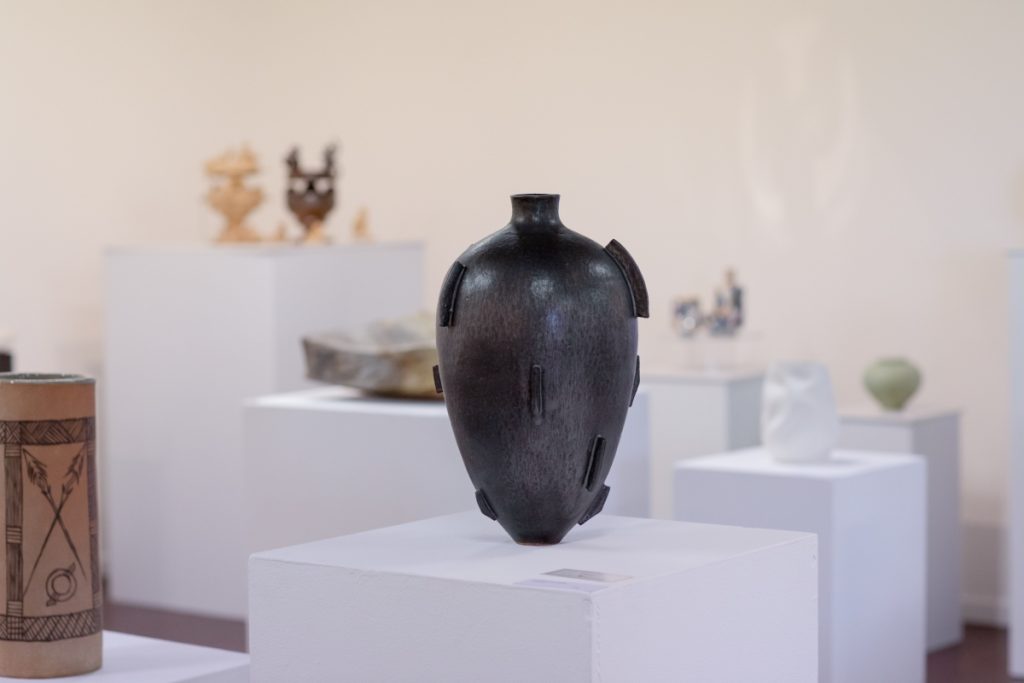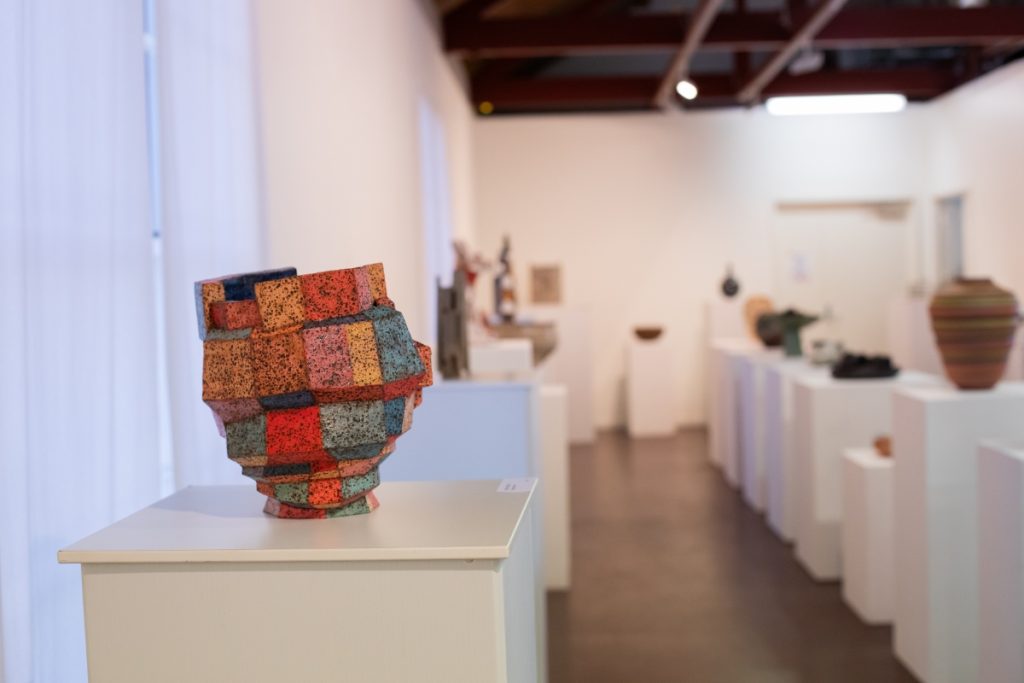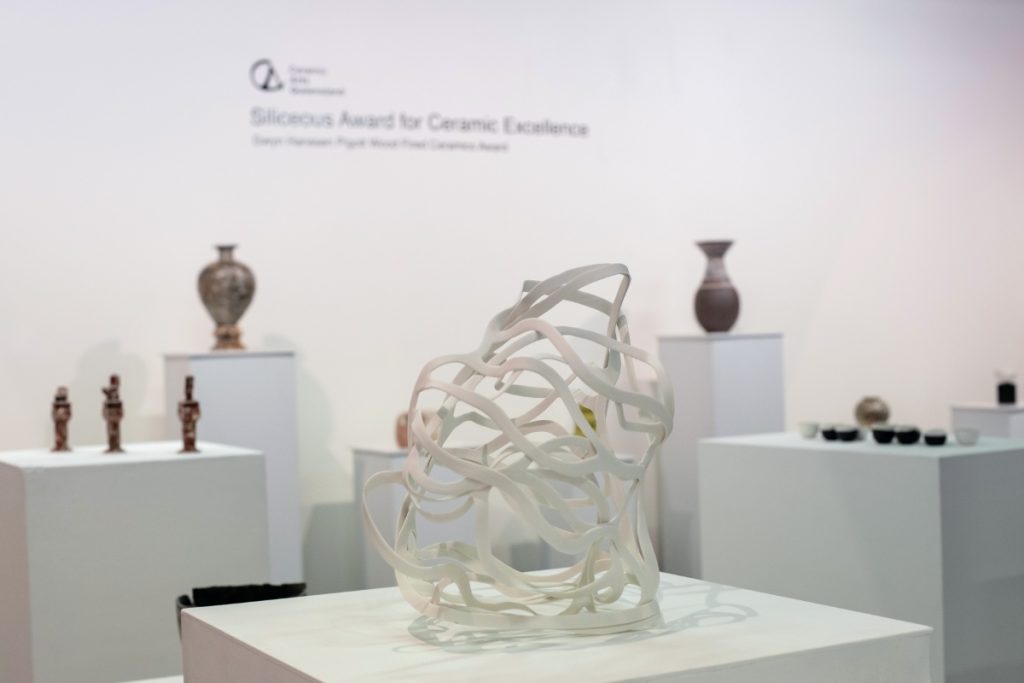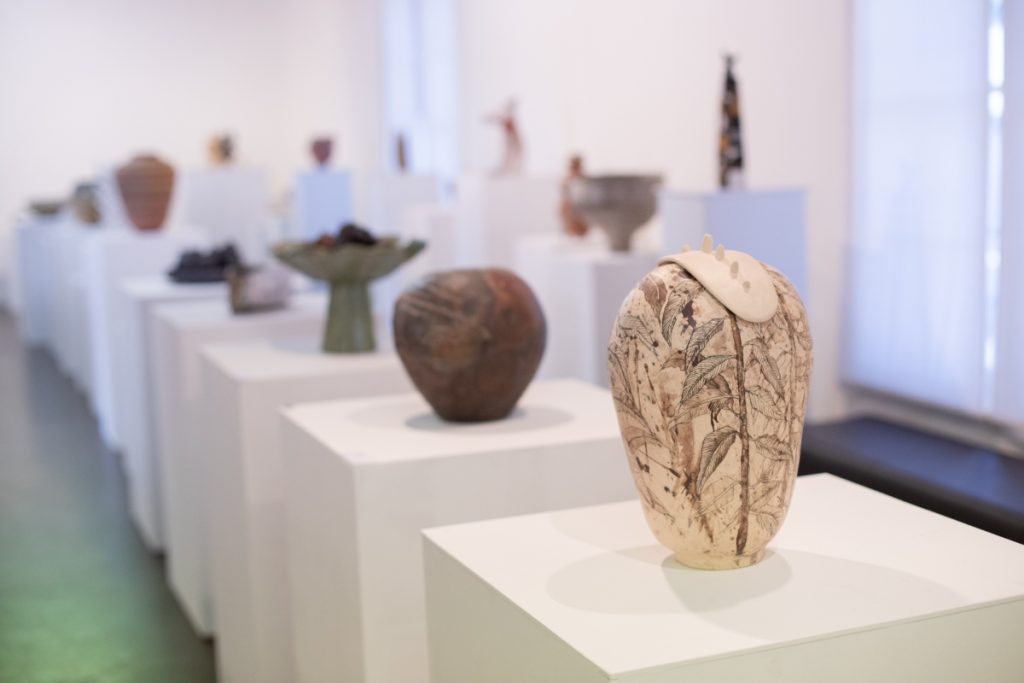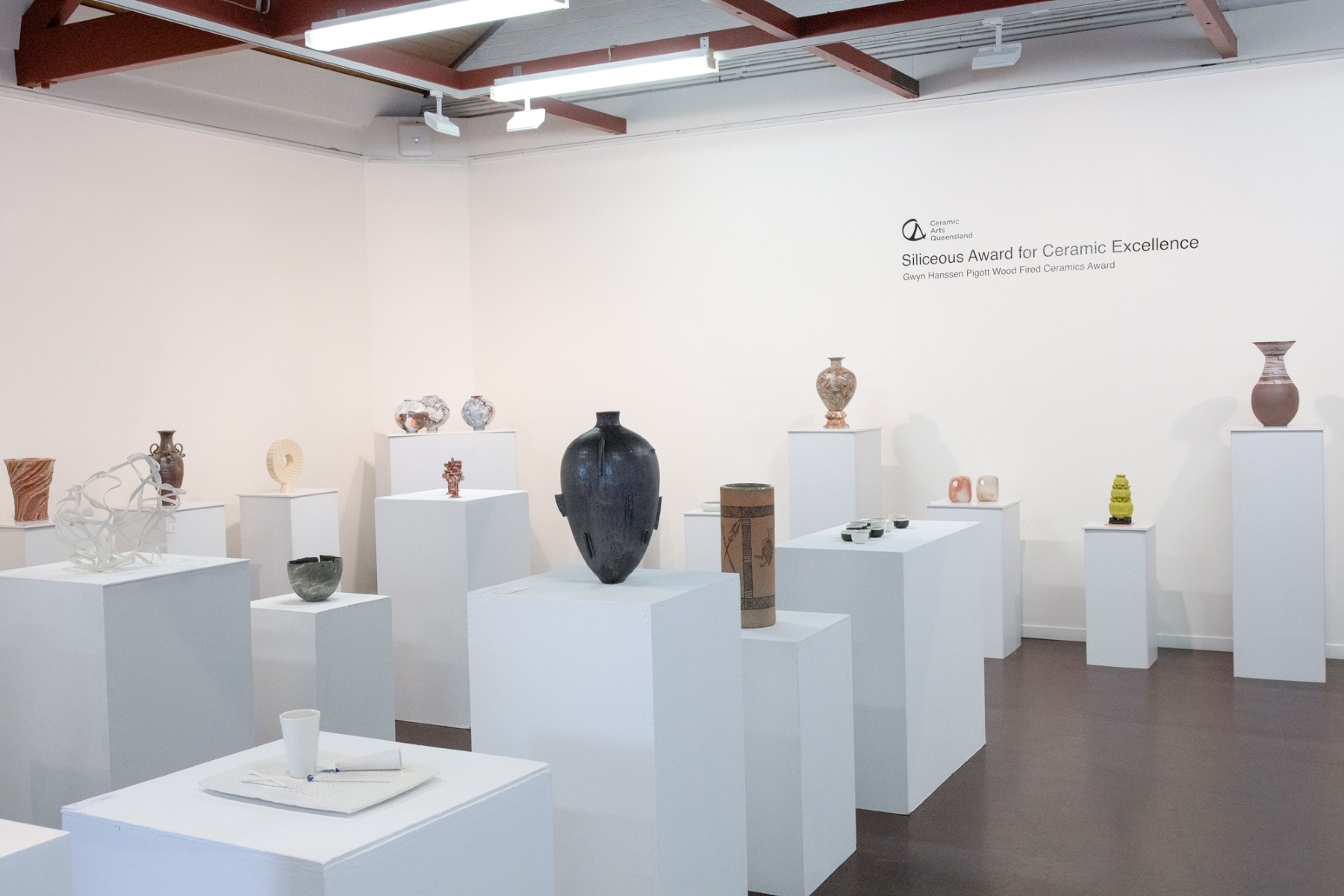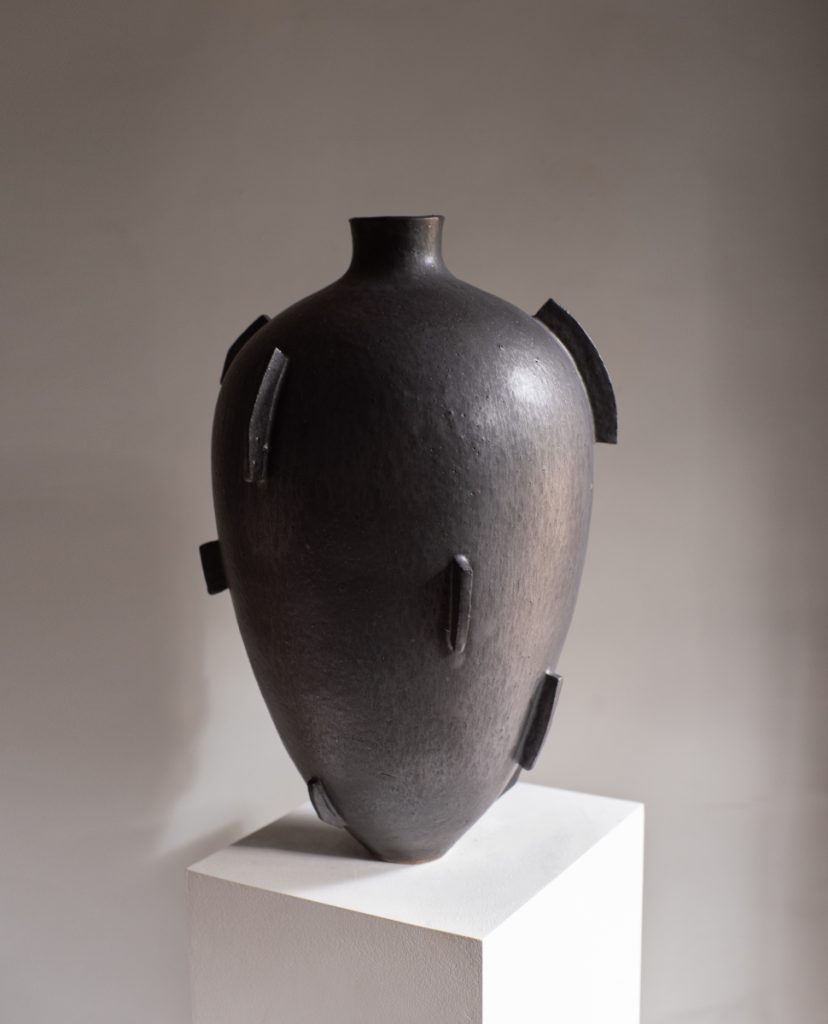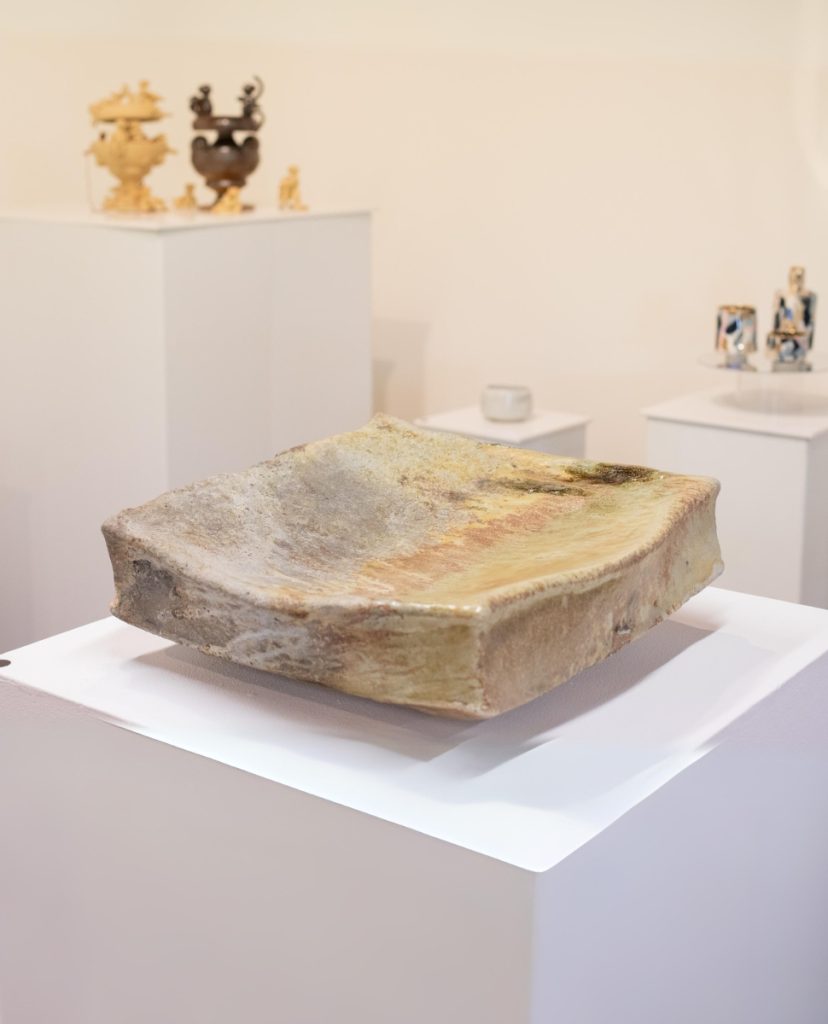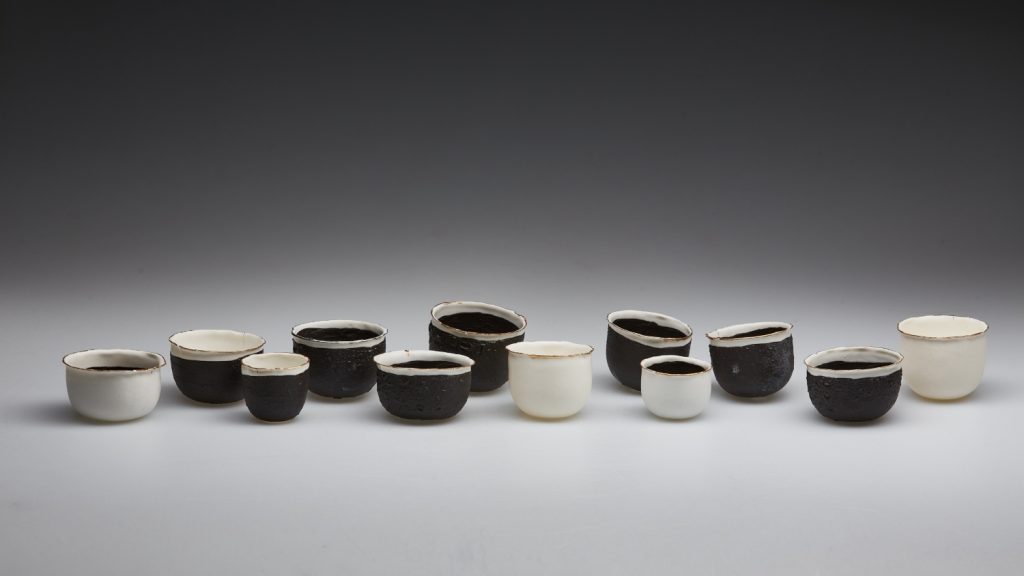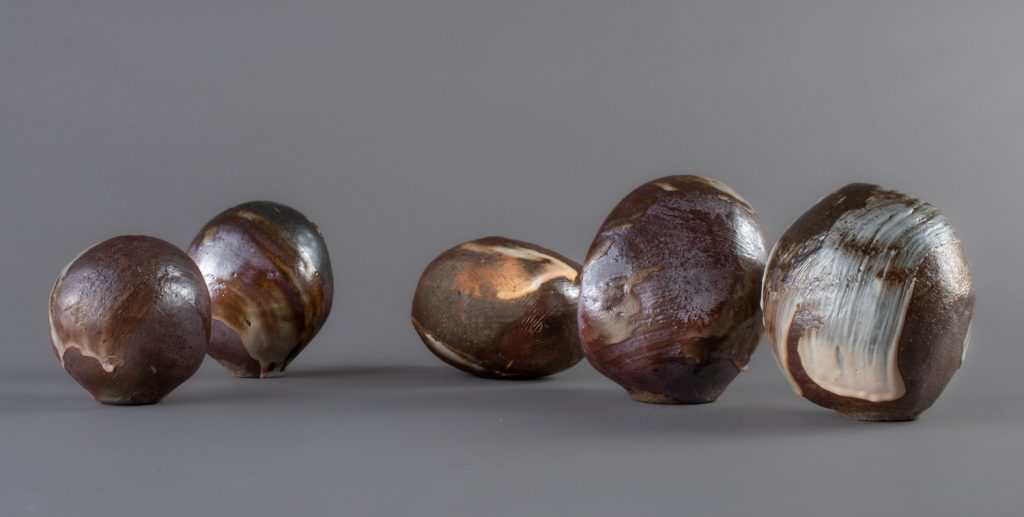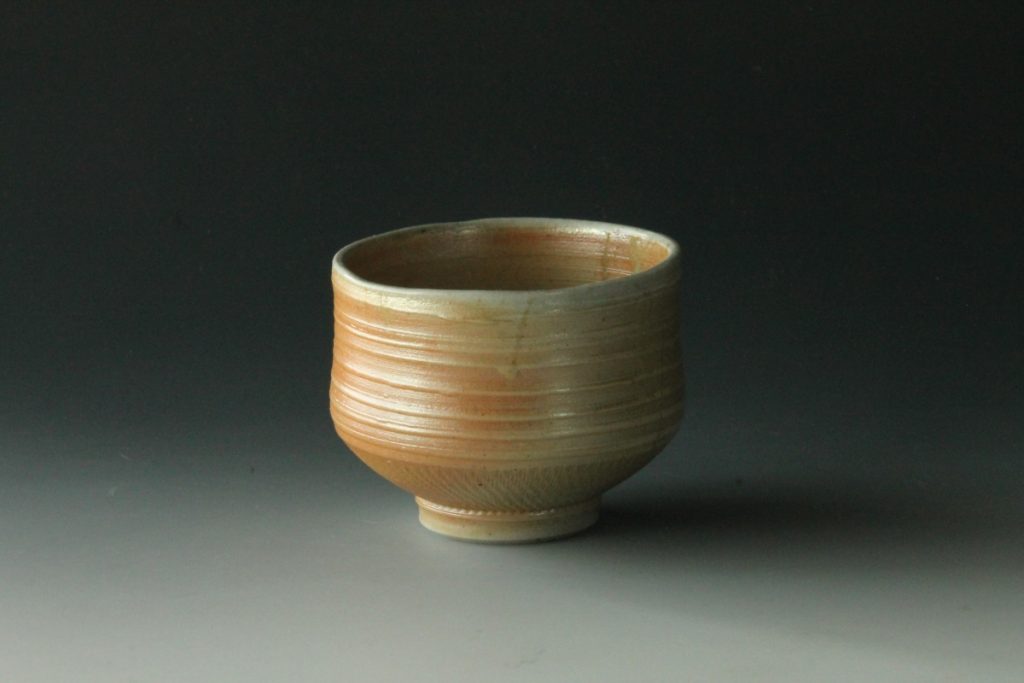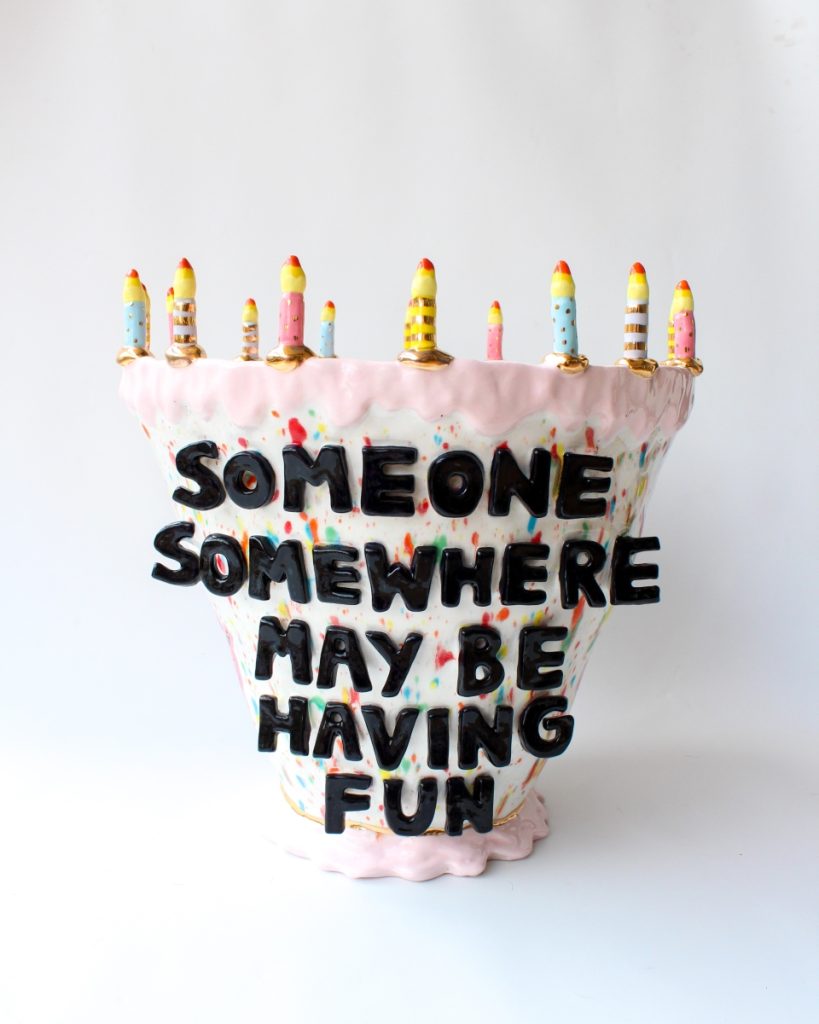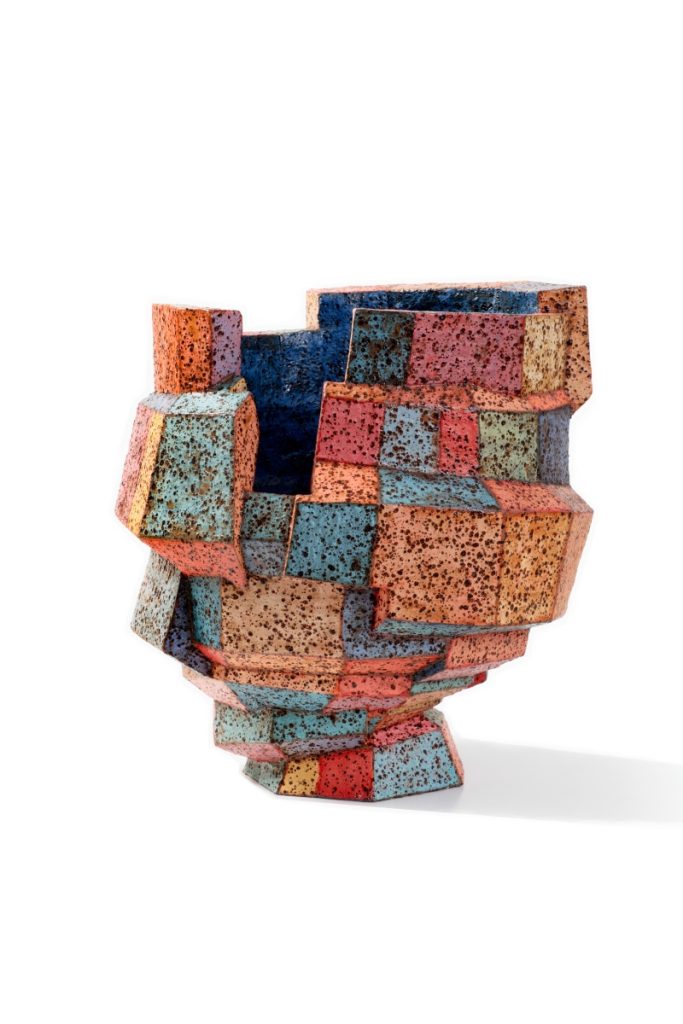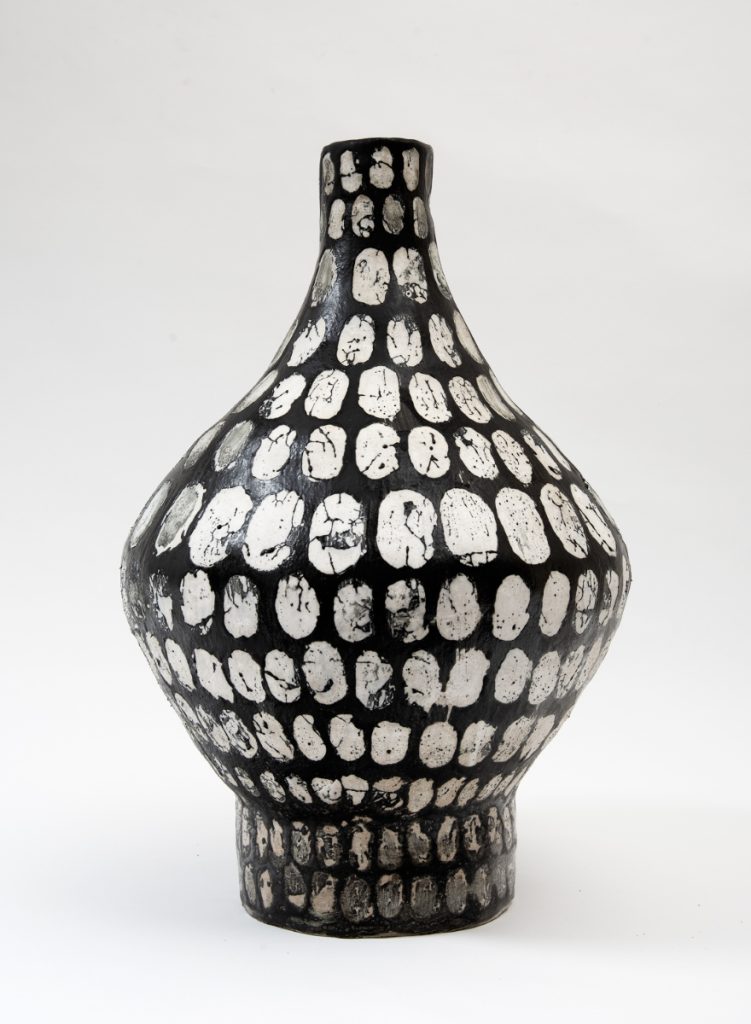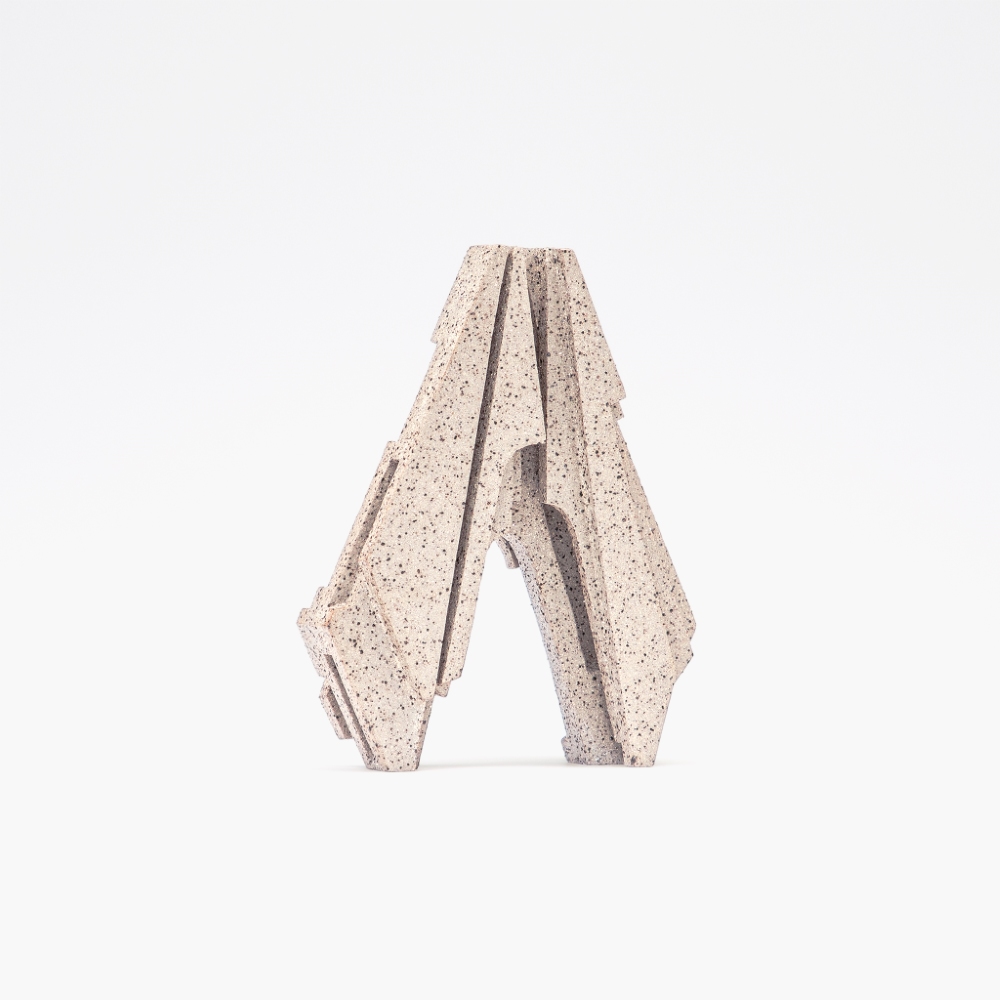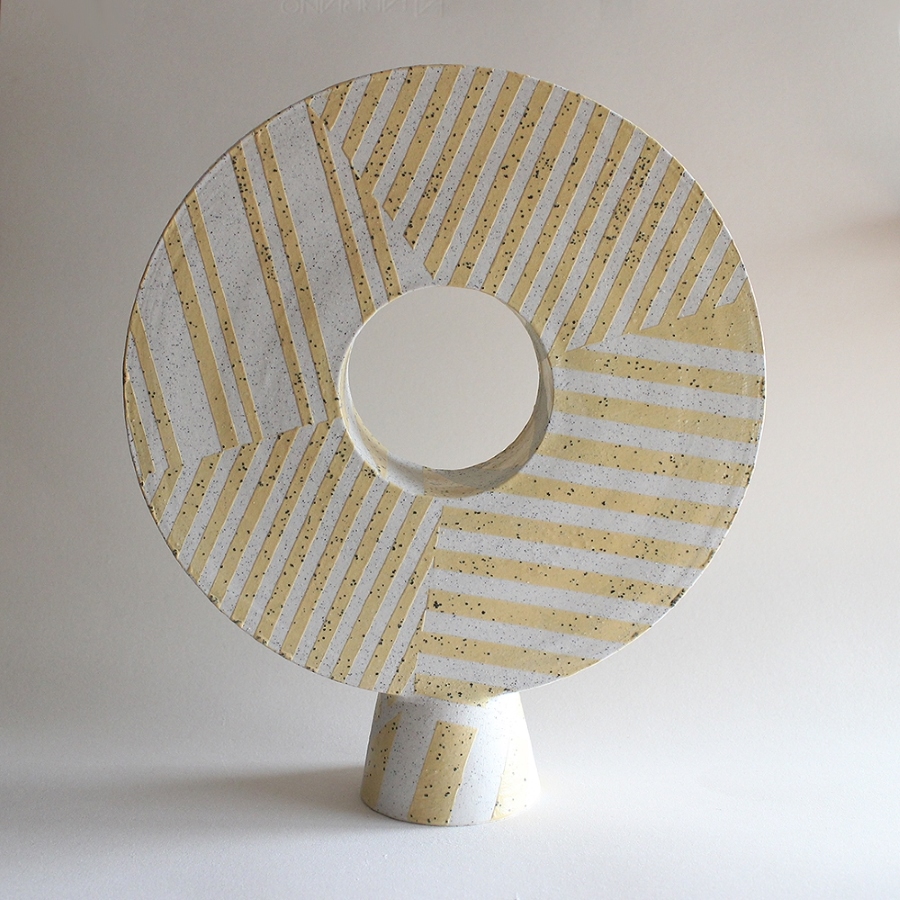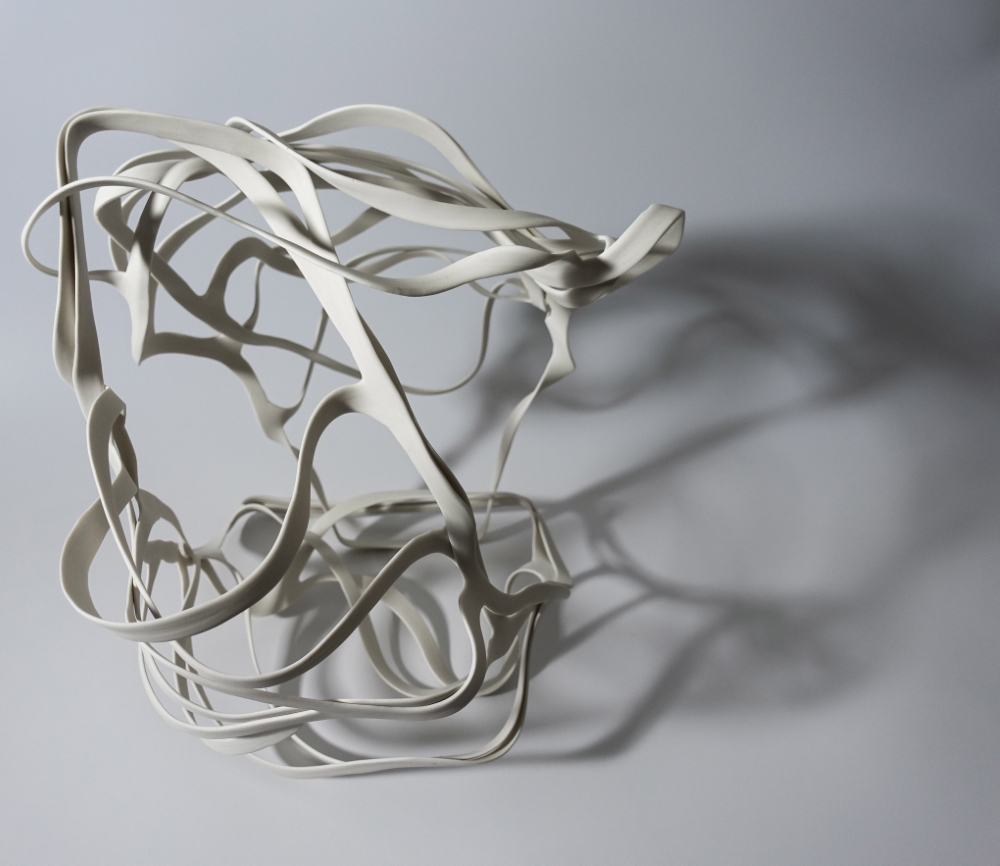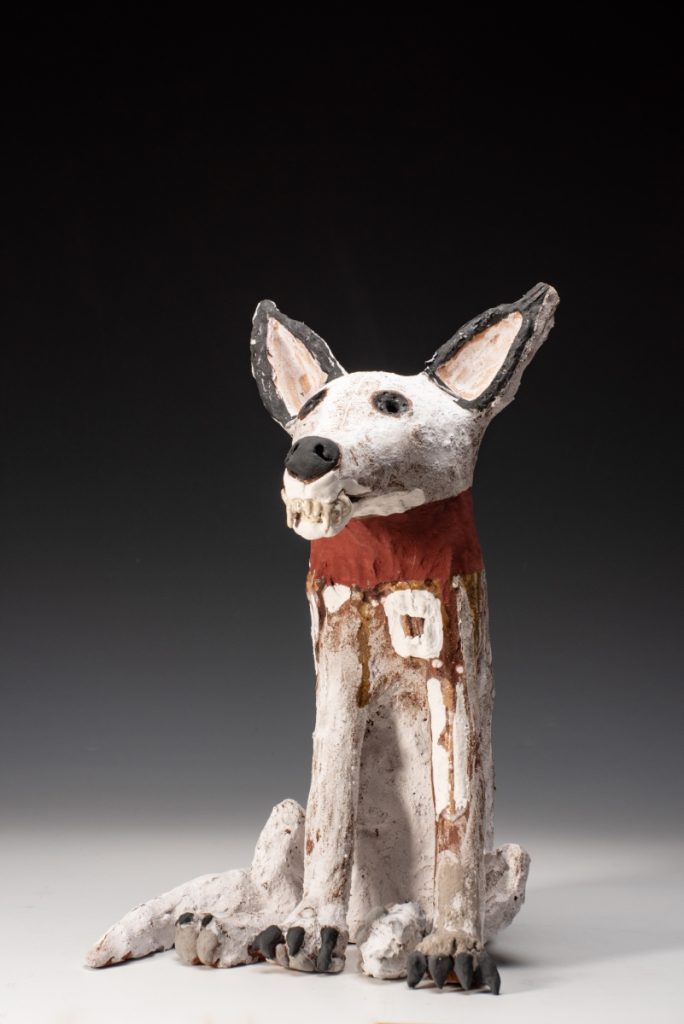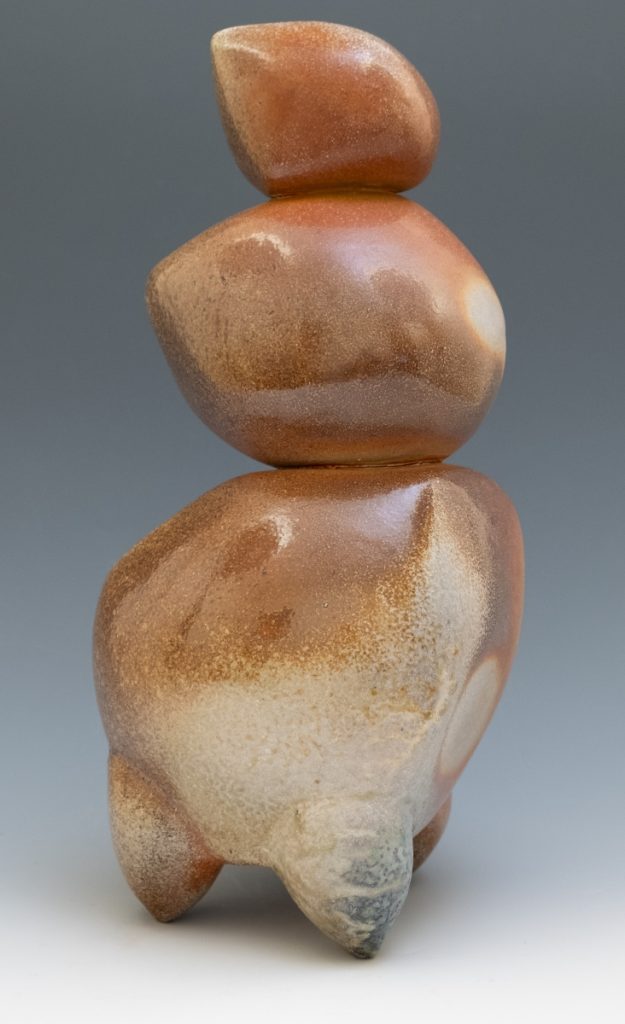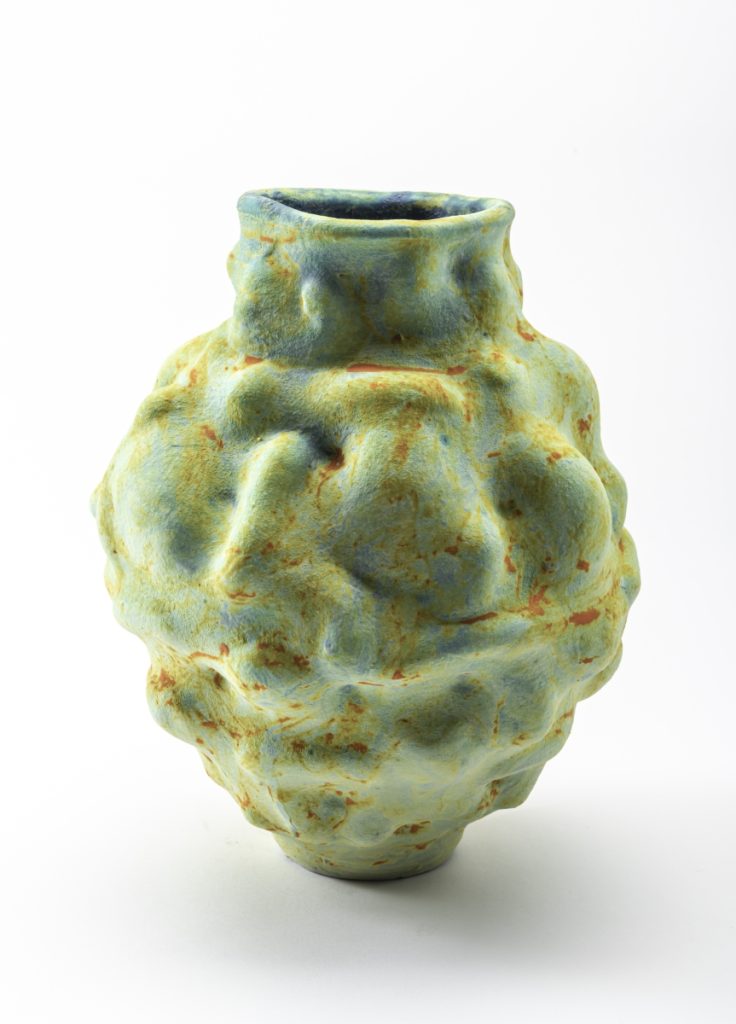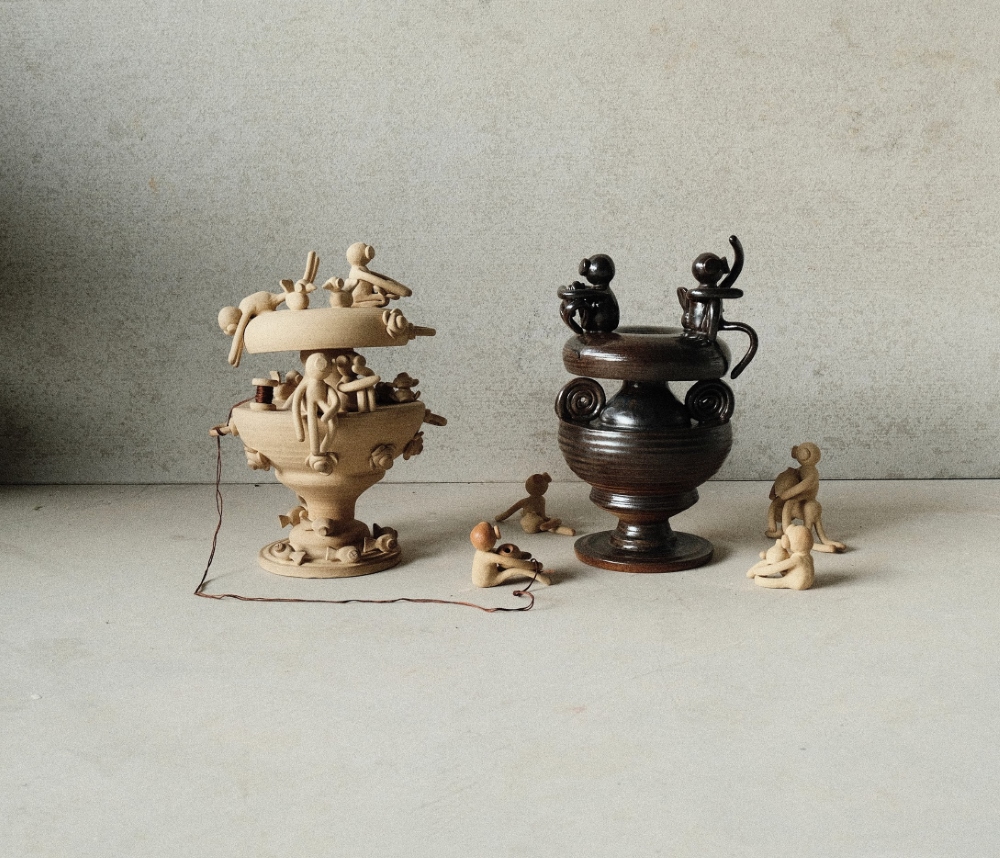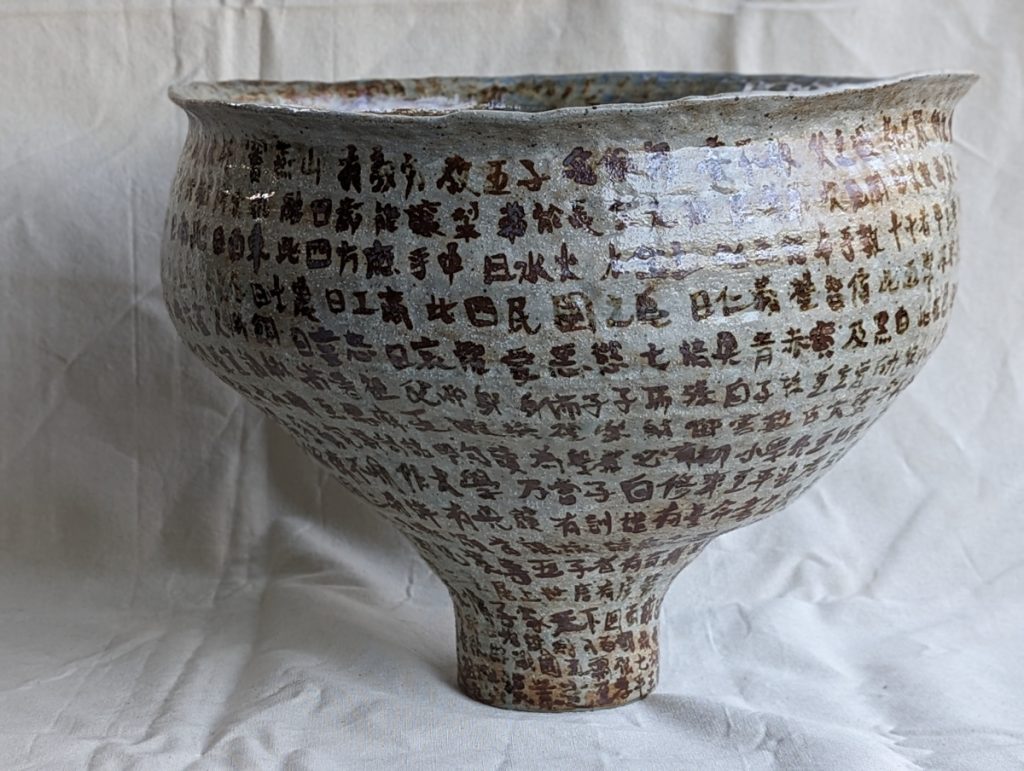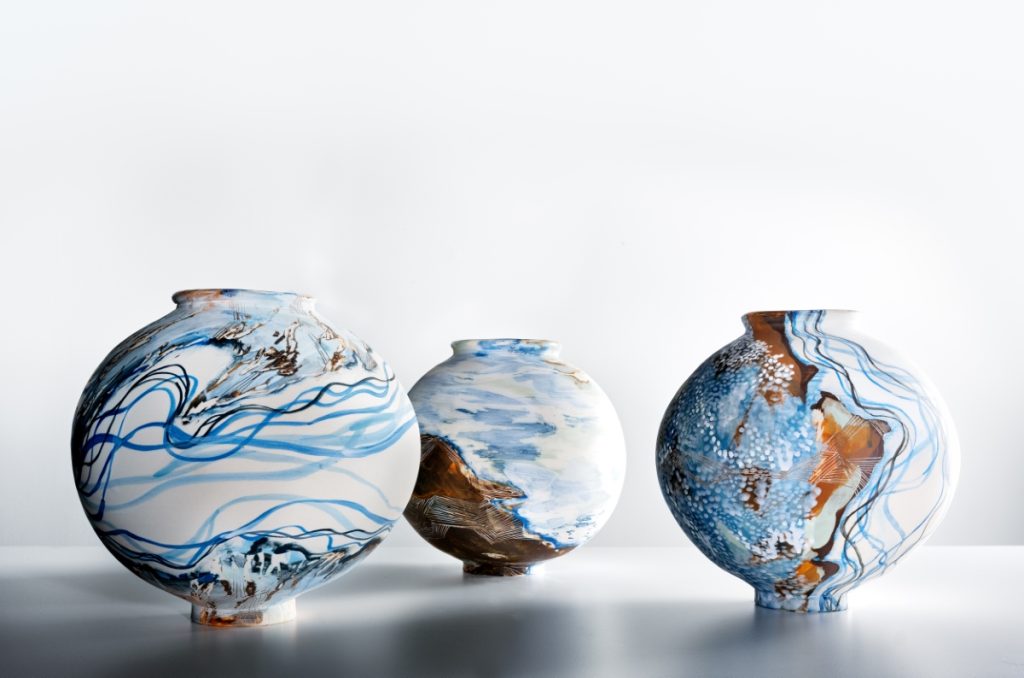-
-
-
Total Payment:
-

Crafting Contemporary: The Siliceous Award for Ceramic Excellence
08/12/2023
The Siliceous Award for Ceramic Excellence exhibition, a premier biennial event of Ceramic Arts Queensland, one of Australia’s oldest arts organizations, was not just a showcase of excellence in Australian ceramics. It also highlighted the vast depth and breadth of contemporary ceramic practices. Celebrating its seventh edition this year, the 2023 Award has been the most impressive to date.
With the primary criterion for the exhibition being excellence and only a few other technical requirements, it encouraged a broad range of entrants. The sixty-four finalists featured were from around Australia, with full-time career artists and enthusiasts in the mix.
The exhibition was held in the Ipswich Community Gallery, a converted, decommissioned church located in the center of Ipswich (a short drive west of the capital city of Brisbane), and ran from 13 October until 5 November 2023. The Community Gallery is supported by the Ipswich City Council and the adjacent Ipswich Art Gallery to provide a low-cost and supported gallery space for artists and art groups. The gallery is a thoughtful adaptation of a historic building and provides a versatile and practical space with its high ceilings and white walls. This gallery is a model of direct support by the government for the arts, which others should readily adopt.
Ipswich was chosen as the host city for this exhibition due to its historical significance to clay in Australia. It has been a site of clay mining, manufacturing, and artistry. Of particular note, it was the location of the studio and woodfired kiln of world-renowned Australian ceramicist Gywn Hanssen Pigott.
Thankfully, the display of work eschewed the more recent fashionable trend of jumbling work together on the table. This was especially appreciated as there was no overarching and unifying theme. Each piece was honored with its own plinth, allowing space for the work to be viewed from all angles and reveal its secrets as quietly or grandly as it commanded. There was a minimalist approach to labeling with reliance on the catalog for details.
A wide variety of work was on display, including sculptural non-functional pieces, functional ware, woodfired work, stoneware, porcelain, pit-fired work, and saggar; sadly, no Raku work was included. All the works were fine examples of their kind, with a clear imprint of the individual artist.
Two main awards were given – the overall winner for the Siliceous Award for Ceramic Excellence and the inaugural Gwyn Hanssen Pigott Wood Fired Ceramics Award. Judging this competition would have been challenging, but it was approached with professionalism and expertise by the esteemed Dr Rebecca Coates, current director of Monash University Museum of Art and former Director of Shepparton Art Museum. Under Dr. Coates’ stewardship, the latter institution has become recognized for the significance of its ceramics collection and an iconic regional arts precinct.
Astrid Salomon
Ray Cavill
Astrid Salomon‘s work ‘Dark Fruit’ was given the major Siliceous Award for Ceramic Excellence. The judge, Dr. Coates, described the style as ‘organic modernism.’ The overall shape resembles a classic ceramic form but is bulbous and resembles ripe fruit, with the surface broken by sharp geometric protrusions. The glaze is somber but delicately textural and almost metallic. Salomon’s ceramic works are highly personal, and concerned with creating physical manifestations of emotional states. The piece ‘Dark Fruit’ is part of a larger body of work exploring the theme of resilience.
Salomon has taken an ‘old-school’ approach to developing her own glaze palette rather than using commercially prepared glazes. She has been the fortunate recipient of expert mentorship from Hilary Barta, a retired ceramic artist and teacher. Their fortuitous meeting resulted from a Facebook marketplace advert for studio equipment. While a relative newcomer to the medium of ceramics, Salomon is an experienced artist of many decades, working in varied fields of photography, film, and painting. Her photographer’s eye lends itself to a sculptural approach to form with her work exploring the relationship between volume and negative space.
Australian Wood Firers United sponsored the inaugural Gwyn Hanssen Pigott Award for Wood Fired Ceramics. Wood firing is a collaborative, labor-intensive process requiring resources, a strong community, and expertise. It is delightful to see such a strong representation of the craft directly resulting from a thriving community.
Ray Cavill’s work ‘The Fire and the Flood II’ was awarded the Gwyn Hanssen Pigott Award. This work speaks of place, namely his home in Lismore, New South Wales, which in recent history has endured natural disasters brought by fire and flood. It is a solidly crafted piece with gravitas and imbues bold contrasts. It shows the delicate glaze details as it floods over the form, highlighting its landscape. A row of delicate ‘dragon’s tears’ – the poetic name for drops of glaze forever captured by the work during the intense firing process – delicately slip over the edge. Other handsome and notable woodfired works are Michael Hoare’s’ Wood Fired Cairn #2′ and veteran Barbara Campbell-Allen’s ‘River Pearls – Ruby Gorge.
Highly Commended awards were given to Csongvay Blackwood for the work ‘Fold the Line, Version 7’; Euan Craig for ‘Igusa Hidasuki Tea Bowl’; Simone Fraser for ‘Surfaced Tensions II’; Lauren Joffe for ‘Hold’; Jennifer Oh for ‘The Long Tether’; and Ruby Yeh for ‘Meditation on San Zi Jing’.
Avi Amesbury
Barbara Campbell-Allen
Euan Craig
Bonnie Hislop
Jason Fitzgerald
Lauren Joffe
Csongvay Blackwood
Jennifer Oh
Jennifer Conroy Smith
Kalyanii Holden
Michael Hoare
Simone Fraser
Laura Cope and Claudia De Salvo
Ruby Yeh
Shannon Garson
There were several other works worthy of special mention. Jennifer Conroy-Smith’s ‘The Space Within (Inhale)’ is a delicate and sublime demonstration of exceptional technical ability. It is a visually intriguing work that thoroughly interrogates concepts and techniques simultaneously. Avi Amesbury’s ‘Taken’ is a direct, relevant interpretation of environment, capitalism, and materials through the humble type of vessel – the bowl. Diminutive is size; it quietly makes its point.
Laura Cope and Claudia De Salvo’s collaborative work ‘Artefact and Fantasy’ is a reinterpretation of classic ceramic shapes in playful tableaux. ‘Resilient Beauty #2’ by Jason Fitzgerald is a visually striking manifestation of the personal which challenges norms in ceramics. Shannon Garson’s narrative ‘Whale Migration’, set over three vessels, reveals a deep appreciation of the environment with a sophisticated exploration of surface design.
Bonnie Hislop’s ‘Someone Somewhere May Be Having Fun’ is a colorful and playful salve for a bruised human soul. ‘Spirit Dog’ by Kalyanii Holden is distinctly Australian in style, and while a tribute to her beloved pet, it avoids the maudlin sentimental.
Concurrent with the exhibition was a community program funded by the Regional Arts Development Fund and the Ipswich City Council. The program included a floor talk with Jane du Rand, a local Ipswich artist and Siliceous finalist, a rock and ash glaze lecture by Dr Steve Harrison, a pop-up studio for wheel-throwing, and guided tours of the exhibition. The program was a valuable extension to the formal exhibition by adding depth to the experience for visitors, encouraging participation in the arts, and cultivating future makers.
The exhibition featured accomplished artists who all thoroughly engaged with the medium in their own very personal way resulting in an exciting and dynamic collection of contemporary Australian ceramics. The exhibition was a representation and celebration of a mature, creative, and diverse ceramics community. That a volunteer-run arts group produced an exhibition of such a high standard without corporate sponsorship is a testament to the strength, vibrancy, and commitment of the ceramic community in Australia. The next Siliceous Award will be in 2025 and will be keenly anticipated by all in the clay community.
About the author
Stephanie Henricks is an emerging ceramic artist based in Brisbane/Meanjin, Australia.
Captions
- Installation photos by Talitha Rice
- Astrid Salomon. Photo supplied by the artist
- Ray Cavill. Photo by Talitha Rice (edited)
- Avi Amesbury. Photo provided by the artist
- Barbara Campbell-Allen. Photo provided by the artist
- Euan Craig. Photo provided by the artist
- Bonnie Hislop. Photo provided by the artist
- Jason Fitzgerald. Photo provided by the artist
- Lauren Joffe. Photo provided by the artist
- Csongvay Blackwood. Photo provided by the artist
- Jennifer Oh Photo provided by the artist
- Jennifer Conroy Smith. Photo provided by the artist
- Kalyanii Holden. Photo provided by the artist
- Michael Hoare. Photo provided by the artist
- Simone Fraser. Photo by Greg Piper
- Laura Cope and Claudia De Salvo. Photo provided by the artists
- Ruby Yeh. Photo provided by the artist
- Shannon Garson. Photo by Richard Muldoon
